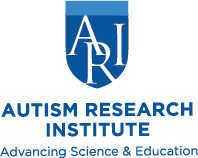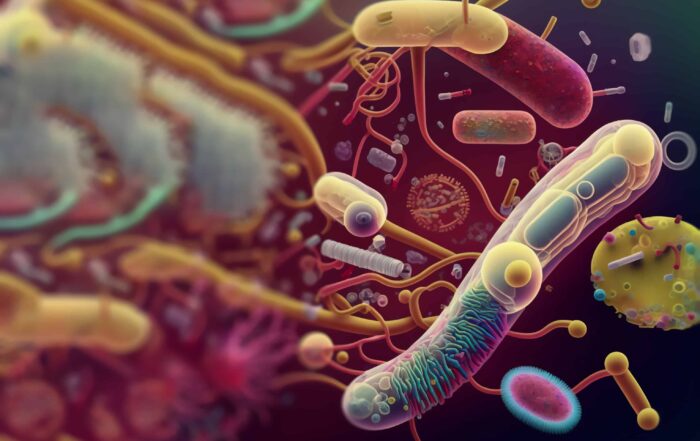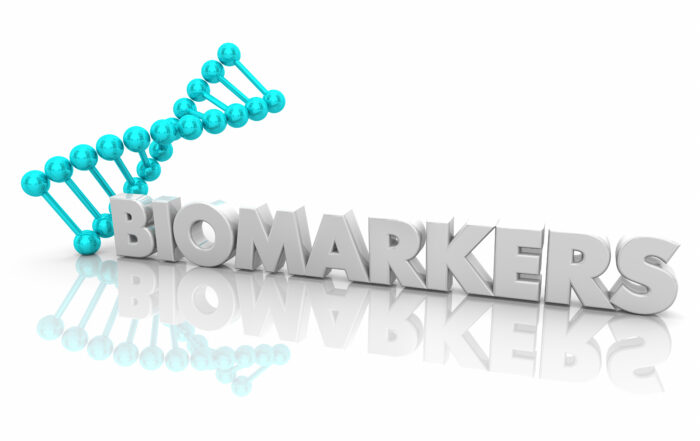A new study from Turkey adds to evidence that vitamin D deficiency is significantly higher in children and adolescents with autism spectrum disorders (ASD) than in the general population.
Esma Şengenç and colleagues measured serum 25-hydroxyvitamin D (25-OHD) levels in 1,529 children and teens with ASD. In addition, they analyzed calcium, phosphorus, alkaline phosphatase, and 25-OHD levels of 100 of these individuals, comparing them to a neurotypical control group.

The researchers say they detected vitamin D deficiency or insufficiency in approximately 95% of the individuals with ASD. Of these, 58% had vitamin D deficiency and 13% had severe deficiency. Levels of vitamin D were significantly lower in adolescents with ASD than in children younger than 11 years of age.
The researchers say, “Additionally, the mean serum 25-OHD level, which is a measurable indicator of vitamin D, was significantly lower in children and adolescents with autism than in healthy controls.” Individuals with ASD also had significantly higher levels of alkaline phosphatase, a marker for vitamin D deficiency.
The researchers note that several earlier studies (although not all) have shown lower vitamin D levels in children with ASD compared to neurotypical peers. They conclude, “Monitoring vitamin D levels is crucial in autistic children, especially adolescents, to take protective measures and treat this condition early.”
—
“Vitamin D levels in children and adolescents with autism,” Esma Şengenç Ertuğrul Kıykım, and Sema Saltik, Journal of International Medical Research, Vol. 48, No. 7, July 15, 2020 (free online). Address: Esma Şengenç, Department of Pediatrics, Cerrahpasa Medical Faculty, Istanbul UniversityCerrahpasa, No. 53 Koca Mustafapasa St, Istanbul, 34096, Turkey. [email protected]
This article originally appeared in Autism Research Review International, Vol. 34, No. 3, 2020
Editorial – Fecal Microbiota Transplantation and Autism
Over the past several years, Fecal Microbiota Transplantation (FMT) has become the subject of growing interest in the autism community due, at least in part, to the increased awareness of the gut-brain
ARI’s Latest Accomplishments
Connecting investigators, professionals, parents, and autistic people worldwide is essential for effective advocacy. Throughout 2023, we continued our work offering focus on education while funding and support research on genetics, neurology, co-occurring medical
Biomarkers start telling us a story: Autism pathophysiology revisited
Antonio Persico, MD, a recent ARI Research Grant recipient, explores the role of biomarkers in understanding autism pathophysiology. He discusses the complexity inherent to neurodevelopmental conditions and emphasizes the need to combine




